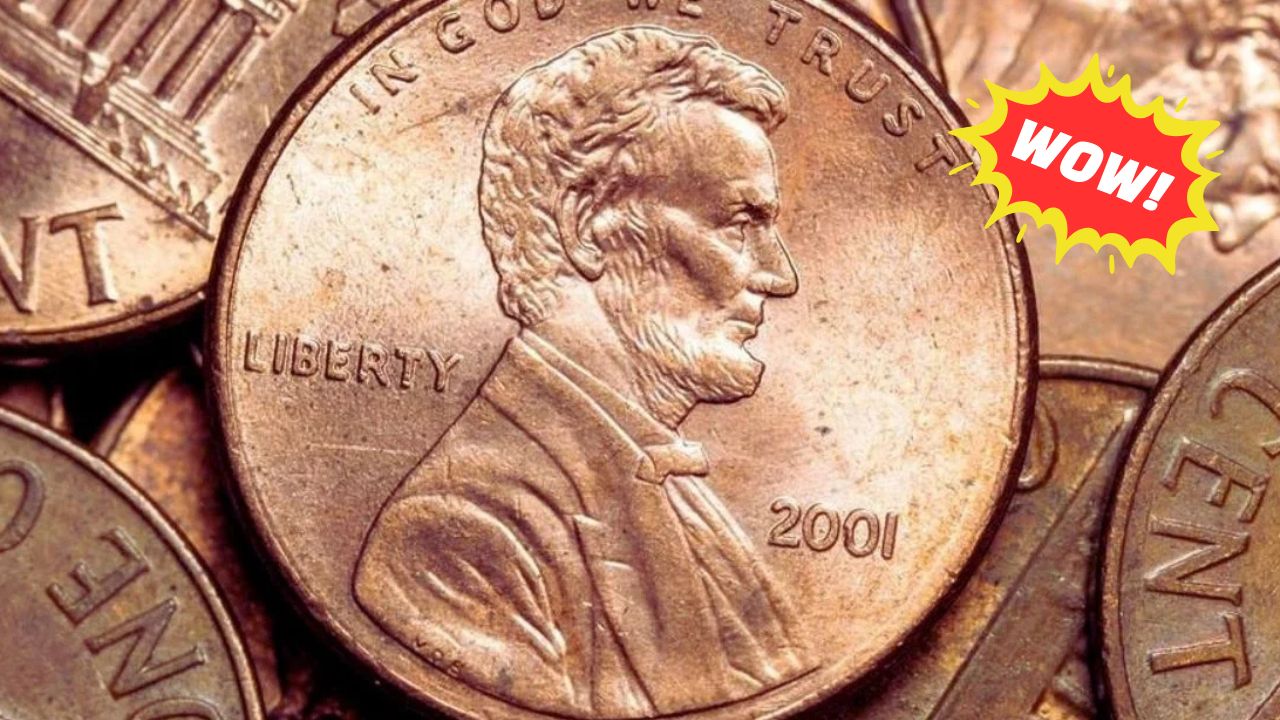Penny Production Comes to an End
The U.S. Treasury’s recent decision to stop producing pennies has sparked a new wave of interest in saving these small copper coins. Announced in February 2025 by President Donald Trump, the move aims to reduce costs since each penny currently costs 3.7 cents to make. With over 114 billion pennies circulating nationwide, Mike Welsh, a coin shop owner from Midland, Texas, advises everyone to hold on to their pennies — some could turn into valuable collectibles.
Why Are Pennies Being Phased Out?
Since 1792, pennies have been a staple of American currency. However, rising production costs have made pennies more expensive to produce than their face value. In 2024 alone, the U.S. Mint produced 3.2 billion pennies but reported a loss of $85.3 million, according to its annual financial report. The Treasury placed its final order for penny blanks in May 2025, with production scheduled to end by early 2026. Following the lead of countries like Canada, which already eliminated their pennies, the U.S. expects to save about $56 million annually by discontinuing the penny.
Rare Pennies That Could Be Worth Thousands
While most pennies remain worth just one cent, some rare varieties can fetch thousands or even millions of dollars. Mike Welsh, a seasoned coin collector, explains that copper pennies may increase in value as they become scarcer. “In recent years, copper pennies have been worth over two cents each due to rising copper prices,” he shared with NBC DFW. Especially valuable are pennies with minting errors, which attract eager collectors.
Top Valuable Pennies to Watch For
| Coin | Estimated Value | Key Feature |
|---|---|---|
| 1943-D Bronze Wheat Penny | Up to $159 million | Bronze error instead of steel |
| 1909-S VDB Lincoln Cent | Up to $258,000 | “VDB” initials on reverse |
| 1969-S Doubled Die Penny | Up to $126,000 | Doubled text on front |
| 1914-D Lincoln Penny | Up to $159,000 | Low mintage of 1.2 million |
How to Identify a Rare Penny
To spot a valuable penny, start by checking the coin’s year and mint mark. Look for small letters like “D” for Denver, “S” for San Francisco, or no mark for Philadelphia. For instance, the famous 1943-D Bronze Wheat Penny should be bronze—not steel like most pennies made during World War II. The wheat stalk design on the back, used from 1909 to 1958, is another key identifier. Using a magnifying glass can help detect minting errors such as doubled text on the 1969-S penny. If you find anything unusual, bring it to a reputable coin dealer for a professional appraisal.
What to Do with Your Pennies Now
Even if your pennies aren’t rare, they still hold value and utility. You can roll them up and deposit them at your bank, use coin-counting machines like Coinstar (though fees may apply), or donate them to charitable causes. Mike Welsh recommends holding onto pennies because rising copper prices might increase their value over time. Although penny production will end, these coins remain legal tender for now, and some businesses might start rounding prices to the nearest nickel. So, take a moment to check your change, piggy banks, or old jars—you might just have a hidden gem.
